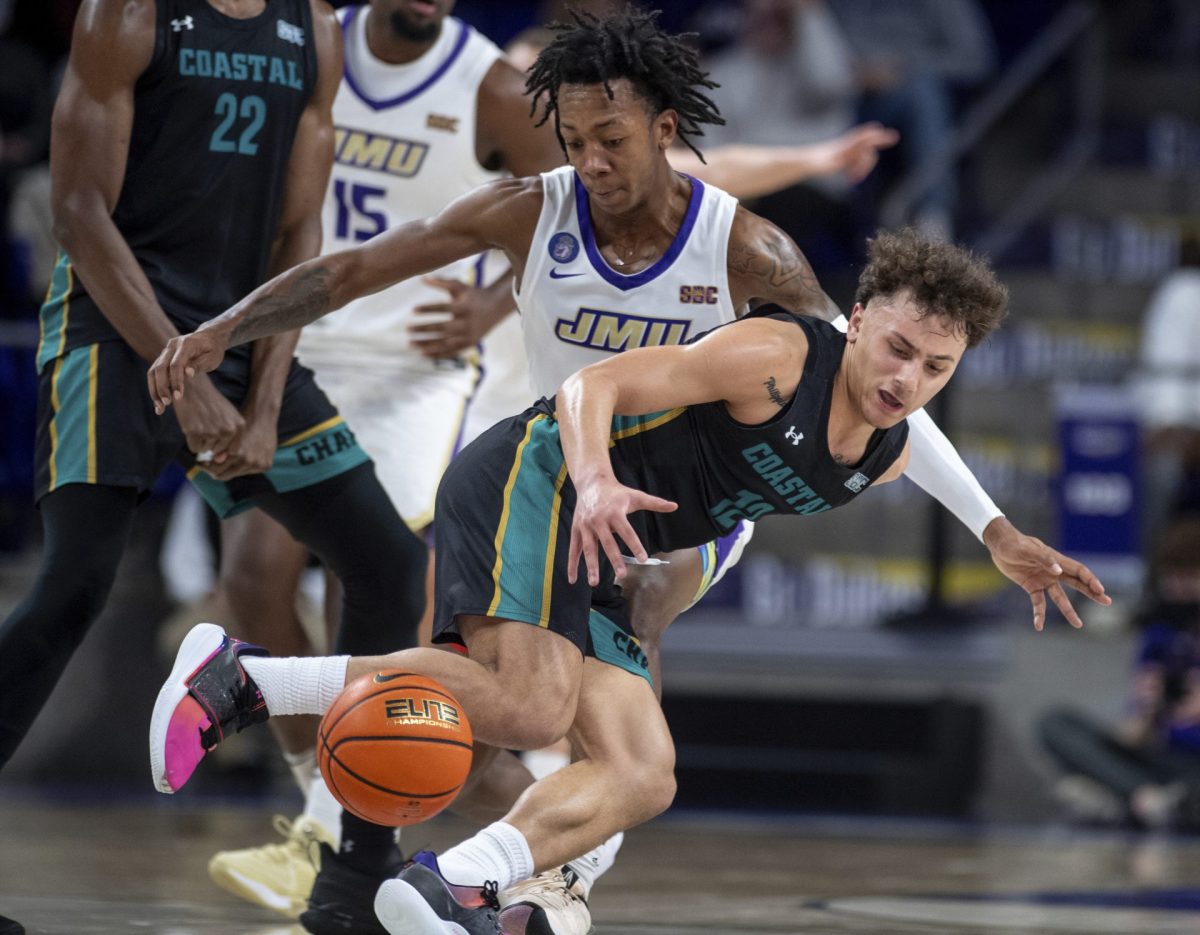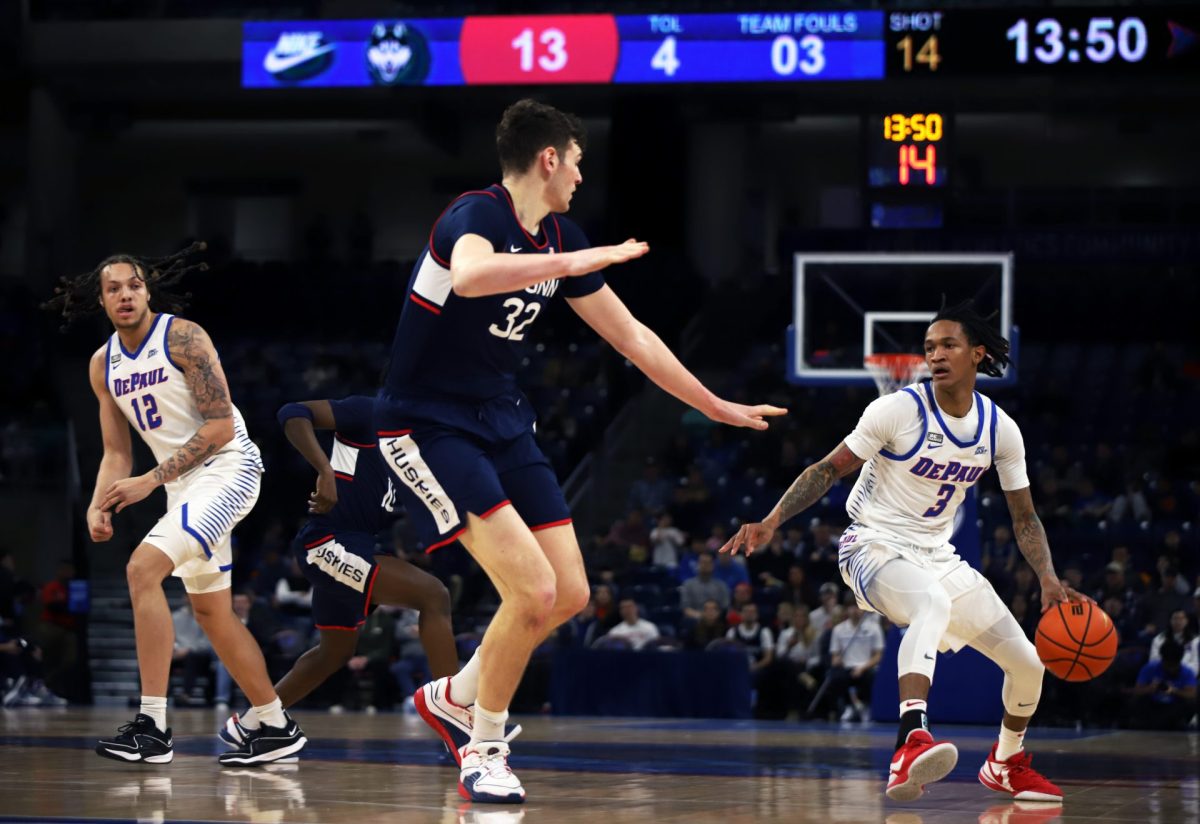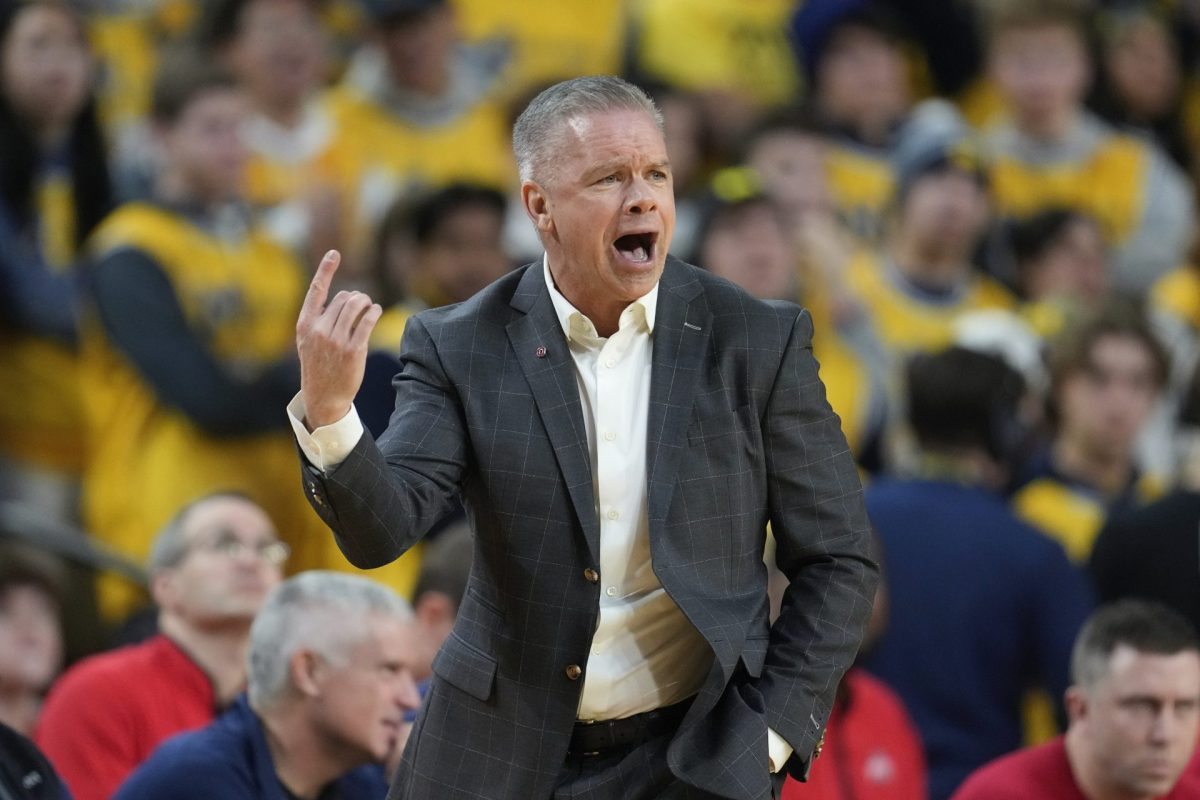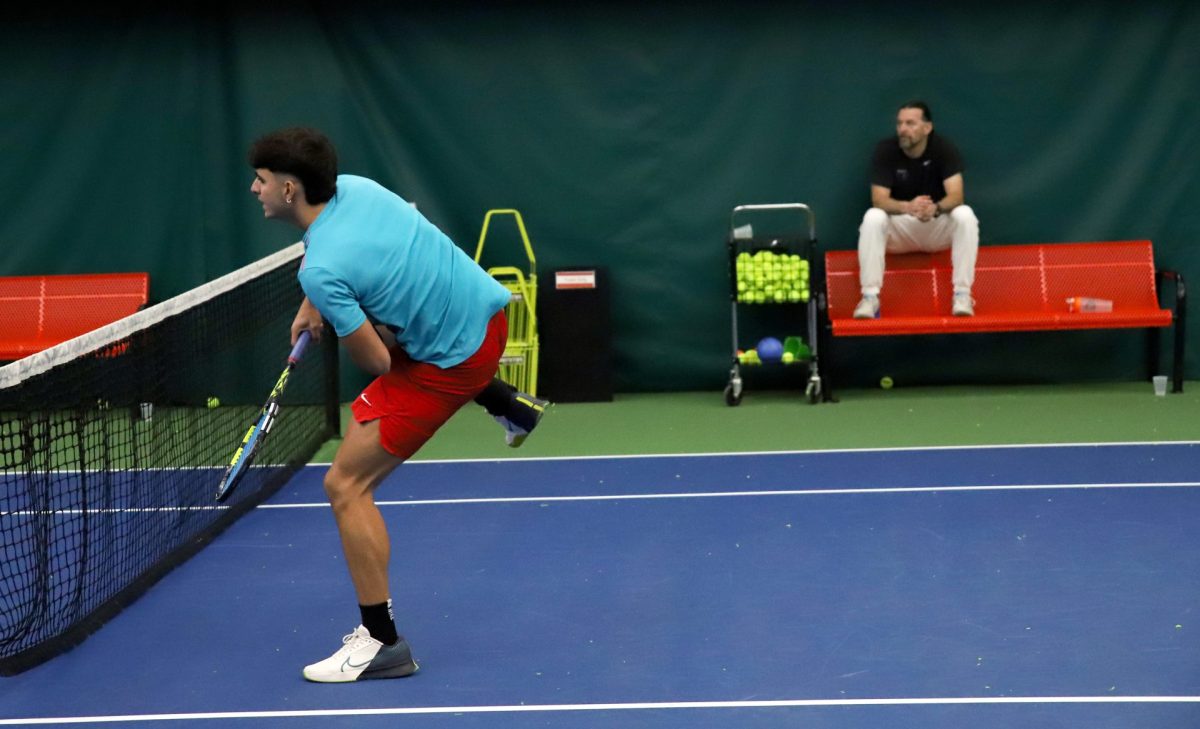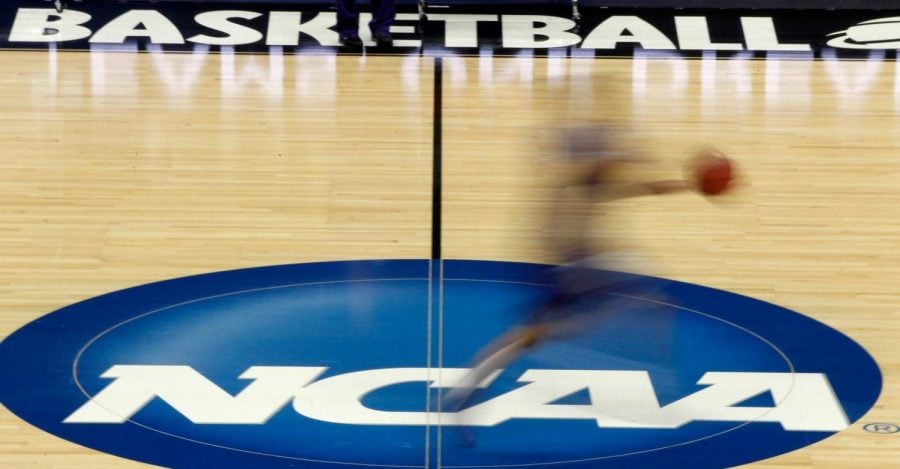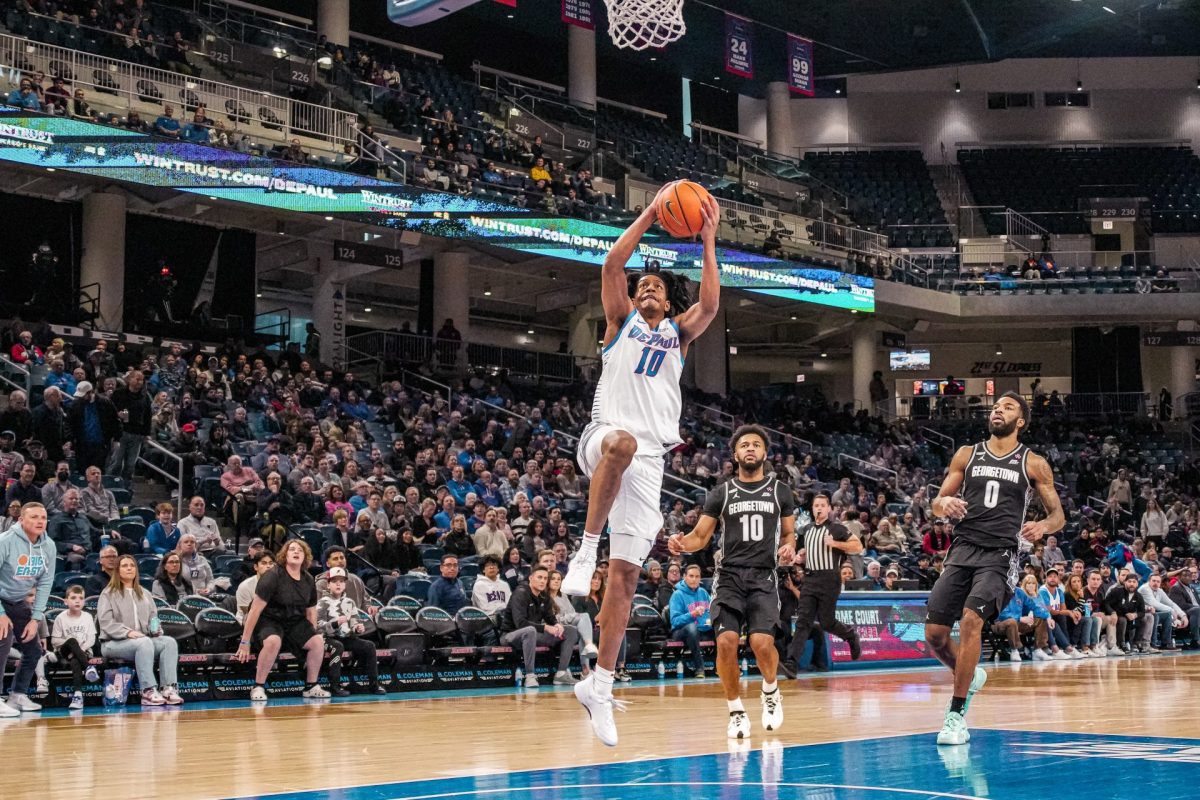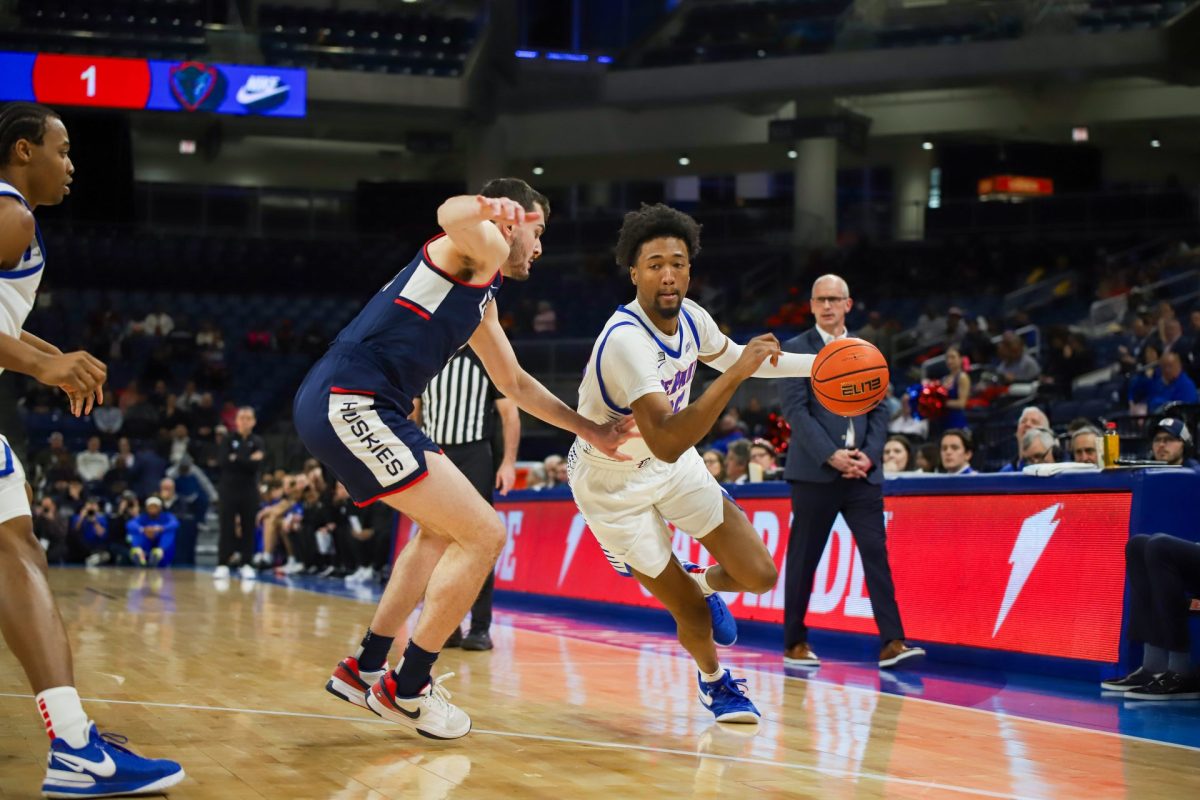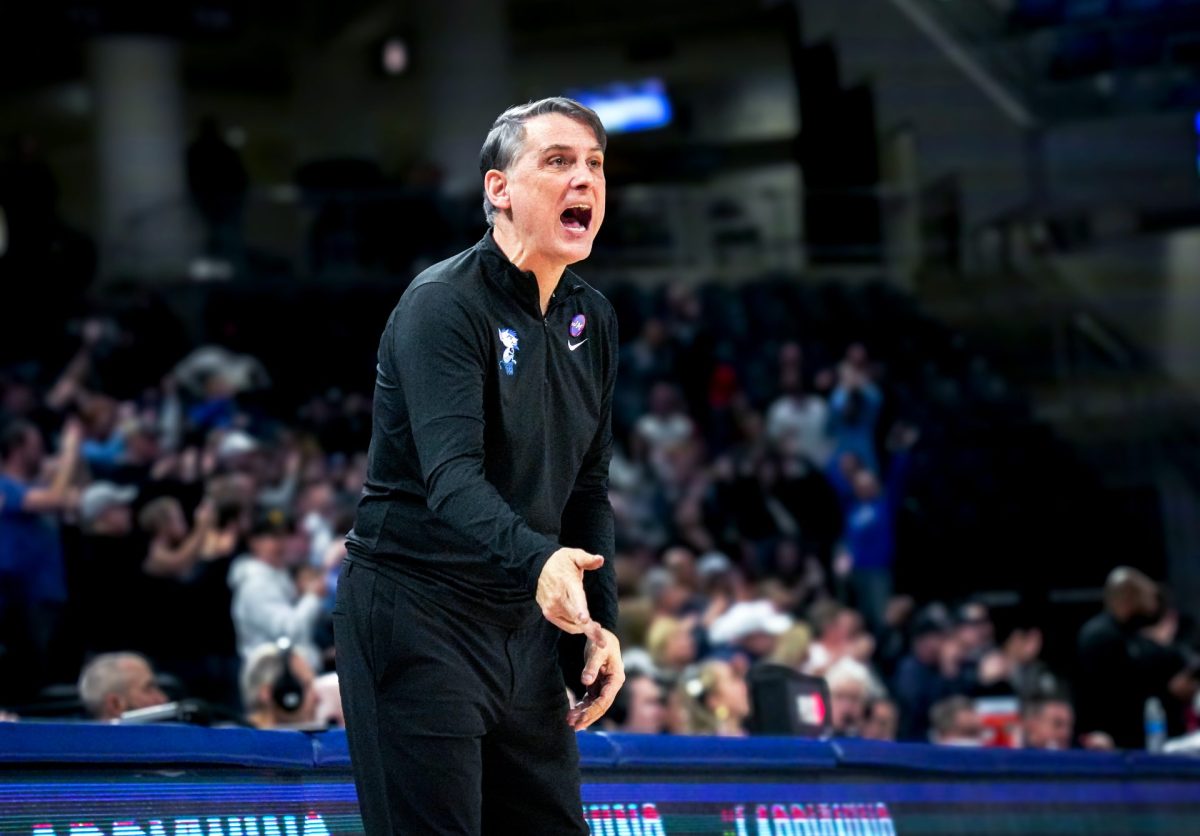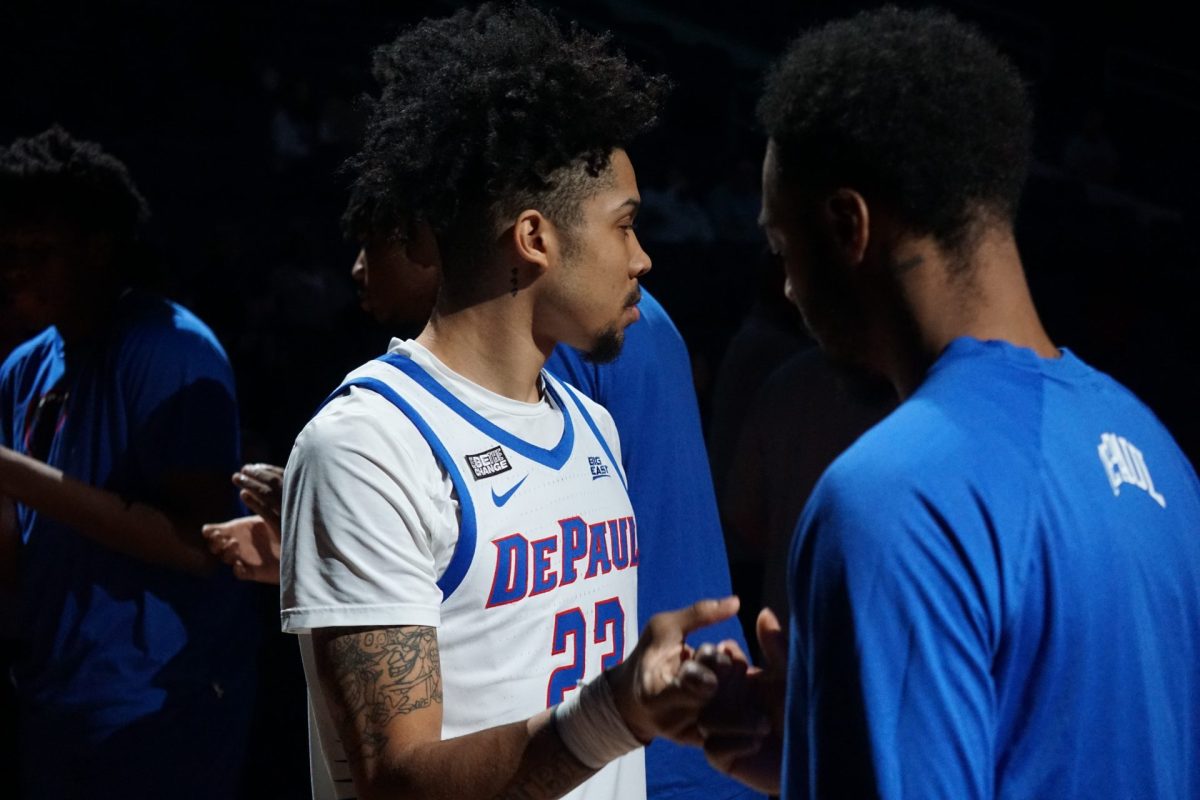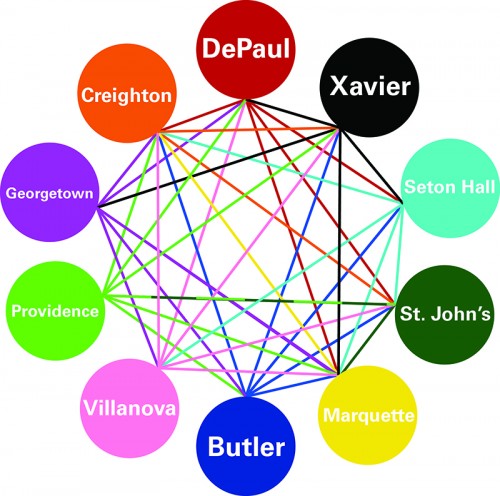
As he prepared his team for Tuesday’s 75-62 win over Seton Hall, DePaul head coach Oliver Purnell showed a graphic that highlighted just how crazy this season has been in the Big East. Arrows and circles flowed throughout the chart, highlighting how each team garnered wins against each other.
“Every team in the league has to be thinking the same thing,” Purnell said. “Every team has beaten every team if you look at the degrees of separation. We’ve just got to prepare for the next game and the next war.”
And for coaches in the Big East, this season truly has been a battle.
 Just two years after the Big East rebooted and separated from the football-oriented schools, the conference has taken a large step in becoming a college basketball powerhouse once again. The Big East is second in RPI, a metric used to determine the conference’s quality based on teams’ wins and losses as well as strength of schedule. By comparison, the conference finished fourth last year.
Just two years after the Big East rebooted and separated from the football-oriented schools, the conference has taken a large step in becoming a college basketball powerhouse once again. The Big East is second in RPI, a metric used to determine the conference’s quality based on teams’ wins and losses as well as strength of schedule. By comparison, the conference finished fourth last year.
More importantly, the games have been exciting and are full of unexpected surprises.
“I think we’re picking up in terms of reputation where the old league left off,” Big East Commissioner Val Ackerman said. “Last year was a year of transition as we had to build a new infrastructure.”
Ackerman, who was hired as the Big East commissioner in June 2013, said the biggest change this year was the strength in the non-conference schedules for men’s basketball. There are seven Big East teams that rank in the top 50 RPI, and a large part of that is because of non-conference opponents.
Non-conference games have seen matchups include Villanova taking on schools with historic basketball programs like Syracuse and Michigan, and Georgetown taking on Kansas and Wisconsin. Based on strength of schedule, five Big East teams are in the top 30 for strength of schedule.
The non-conference schedules also helped produce an increase in quality once conference play started, Ackerman said.
“The outcomes of pretty much every game have been unpredictable, which has been great for the league,” Ackerman said. “We came into the conference season as a result of intentional scheduling by our schools, playing more competitive non-conference opponents.”
Part of what’s made the Big East so fun to watch this season are the unexpected storylines. There’s Butler, whose head coach took an indefinite leave of absence because of health reasons and is now No.22 in the nation under first-year head coach Chris Holtmann. And of course, there’s DePaul — the usual bottom-feeders who have crawled their way back into the middle of the conference with quality wins over Seton Hall and Xavier.
There’s plenty of parity in the Big East this year with even the lesser teams, Marquette and Creighton, still being a threat. Creighton has a tremendous home-court advantage and Marquette recently upset Providence, who is second in the conference.
The Big East has three teams ranked in the top 25 and seven of the ten teams are projected to gain entry into the NCAA tournament. It’s the start of a new beginning for a conference that was annually regarded the best in the nation.
“I, for one, think the sky is the limit as we establish our identity and turn the page into a new era,” Ackerman said.



